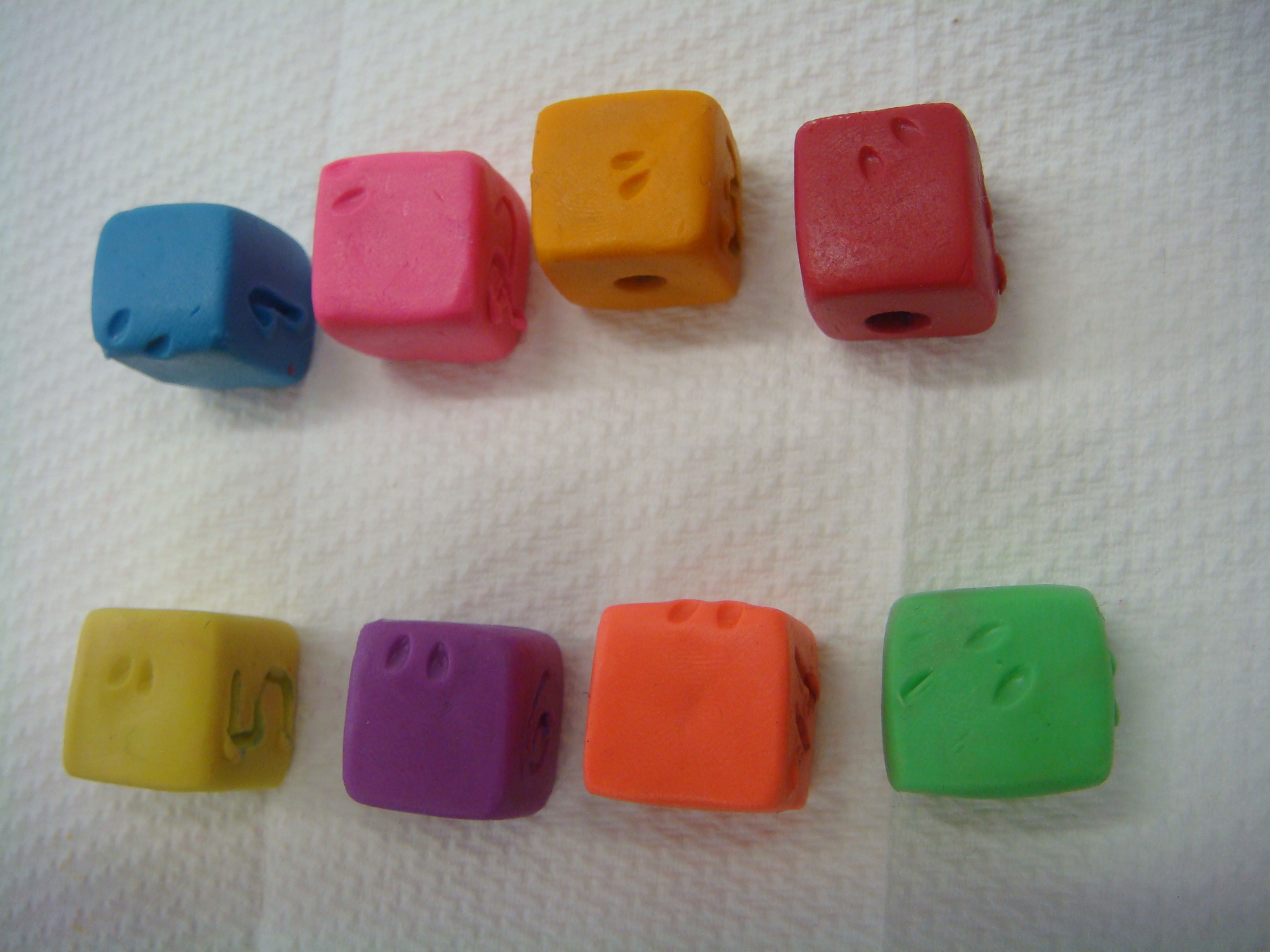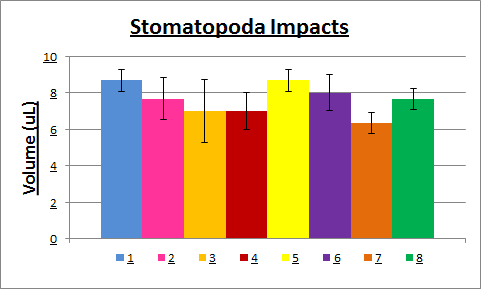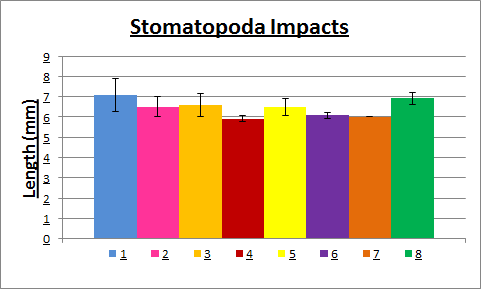Life History & Behaviour
Gonodactylus smithii is a smasher mantis shrimp which means that its dactyl is greatly enlarged (compared to other stomatopods such the speares ones) to struck the prey by the blunt heel (Caldwell & Dingle 1976). They normally feed on animals protected by some kind of armor or shell such as snails, hermit crabs, clams and crabs and most of the time they stay hidden in the coral and stalk their prey after visually select it.
Most mantis shrimp are territorialist and defend their dwelling space. When two smashers stomatopods are fighting they try to hit the opponents telson (Caldwell & Dingle 1976).
Their reproductive behavior seems to be influenced by colors patterns by some kind of color coding or fluorescent and also the aggressive behavior. They are long lived and can breed 20 to 30 times in life (Caldwell & Dingle 1976).
Does the impact of a mantis shrimp decreases after a few attempts? Does it get fatigued?
Introduction
Mantis shrimps are animals dependents on their claws in order to prey and to defend their territory. In the present study, the purple spot mantis shrimp Gonodactylus smithii was challenged with plasticine and its impact was measured with a micropipette and compared to all the trials.
.png)
Images 1 & 2: G. smithii staring at plasticine cube before strike it.
.png)
Methods
Cubes of plasticine were made with all the six superficies flat. Those cubes were attached to a pencil and then submerged in the Gonodactylus smithii tank. When the pencil with plasticine got closer to the animal, it punched with both of its raptorial appendages, commonly called clubs. G. smithii hit 8 times the cubes causing a double impact in each.

Image 3: Plasticine cubes after the trials: The impact is evident.
These impacts promoted a hollow that had the volume measured with a micropipette by adding the maximum amount of water possible in each depression and then summing the results of each depression for each plasticine cube. A video of water adding was recorded and it is provided:
In addition of volume data collected, the total length of the impact (again the sum of each impact in each cube) was also quantified.
Results
No fatigue was notable and the impact of the strike didn't decrease after 8 hits.The results are summarized into the following graphs:


|